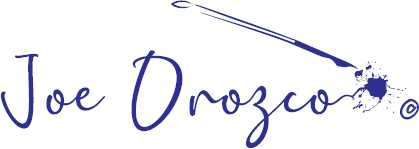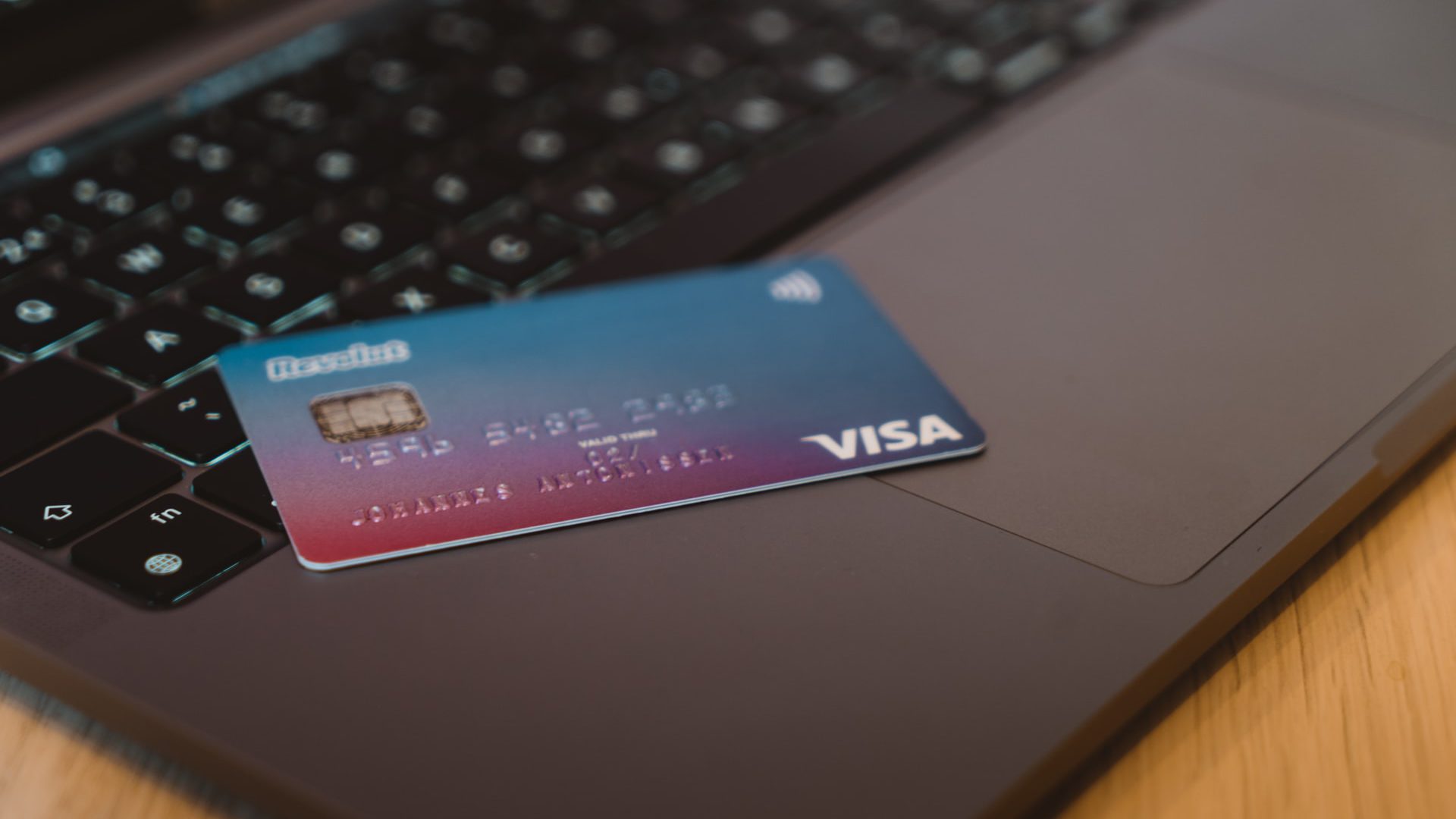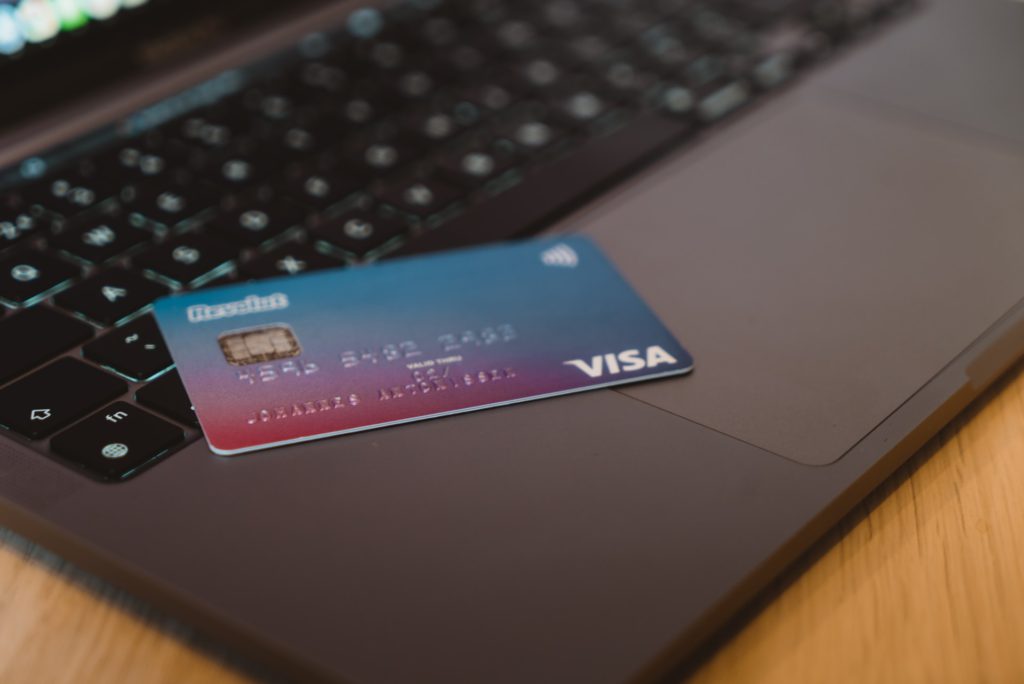How to Obtain Buying Power with Effective Credit Card Use
Are you making your credit card work for you?
In today’s guest post, my good friend, Oscar Zorrilla, introduces his method to making the credit card system work in his favor, because as we’ve previously discussed, credit cards do not have to be evil.
Oscar, take it away!
When it comes to credit cards, most of the population does not know how to use them effectively. I myself did not learn how to use one “properly” until last year.
How do you use a credit card to borrow money? And how do you avoid paying interest on what you charged on it?
There are two important pieces of information you must know about your credit card:
- The due date, which is when you must make a payment on the credit card; and
- the closing date, which is when your 30 day cycle closes.
The due date is usually 3 to 6 days before the closing date. You can usually change these dates if you would rather sync up your credit card payments with your paychecks.
Here’s one example. Credit card A has a due date of the 25th and a closing date of the 28th. Let’s say the current balance is at $0. I start using credit card A on the 29th moving forward. Since the credit card balance was at $0 at the previous closing date, I would not owe anything on the 25th. Instead, I could continue spending until the 28th, because the 28 marks the close of the current billing cycle.
Let’s put some numbers on this. Let’s say you start charging money against your credit card on January 29. The due date of February 25 comes around, and you owe nothing because there is no previous statement balance. By February 28, your due date, you’ve accumulated $1,000 in expenses. You won’t be held responsible for this balance until the due date of March 25. That gives you roughly 26 days to pay the $1,000.
Are you with me so far?
Now, to avoid paying high interest rates, you must pay the entire balance of $1K on the due date of March 25th. If you do not pay at least the minimum amount, you will also pay late fees, and remember, the idea is to make credit cards work for you rather than you work for them.
Credit cards can maximize your buying power if done correctly. You can pay people, mortgages, and car notes.
The most empowering touchpoint to keep in mind about using credit cards is that they give you time and buying or borrowing power where you may not have it when you need it most. Some people even go as far as leveraging credit cards as emergency funds, but again, only use this strategy if you know you can pay off the balance to avoid fees and interest.
Even better, you can accumulate reward points, which you could use to bring down your credit balance through statement credits. You could also fly for free or score other travel perks if you use your points wisely.
To increase your credit score, keep your credit utilization rate below 30%. This means that by your closing date, you should not have charged more than $3,000 on a card with a $10,000 credit limit. Just because you have a large credit limit does not mean you should use it. This factors into your buying, or borrowing, power.
I hope this information has been clear, concise, and beneficial for your financial health journey. I look forward to continuing the dialogue next week on ways to make credit cards work for you. If I can answer any questions or help clarify any of the advice, please leave a comment.



